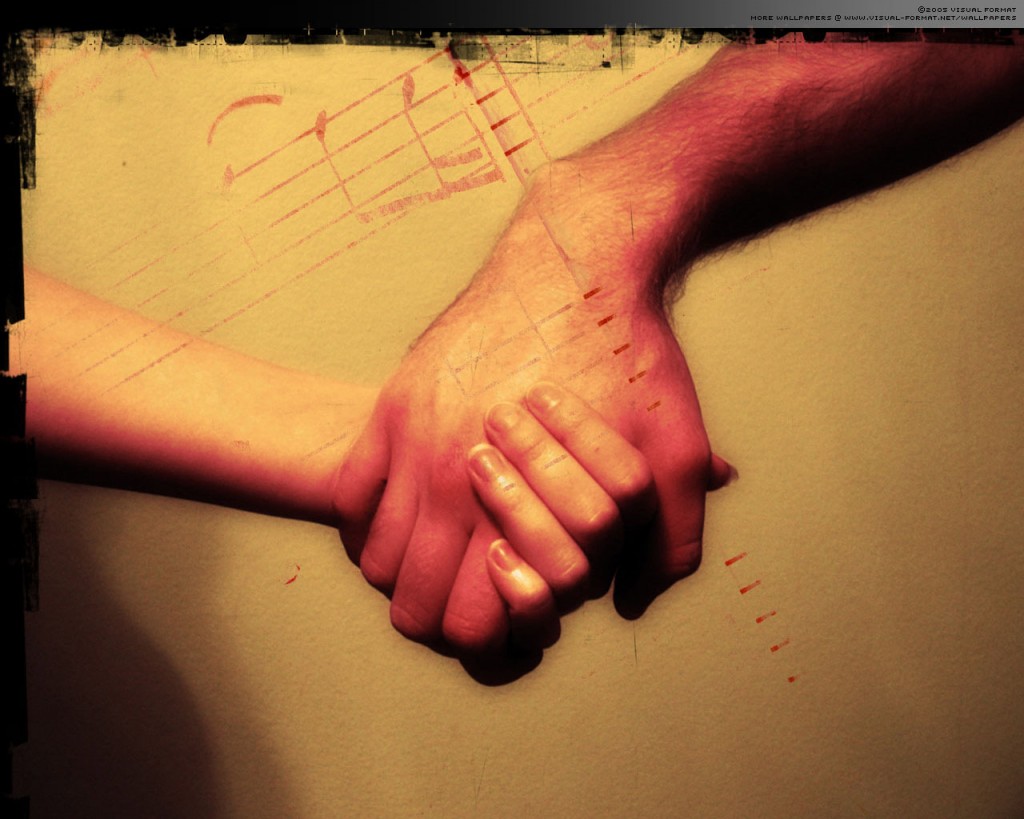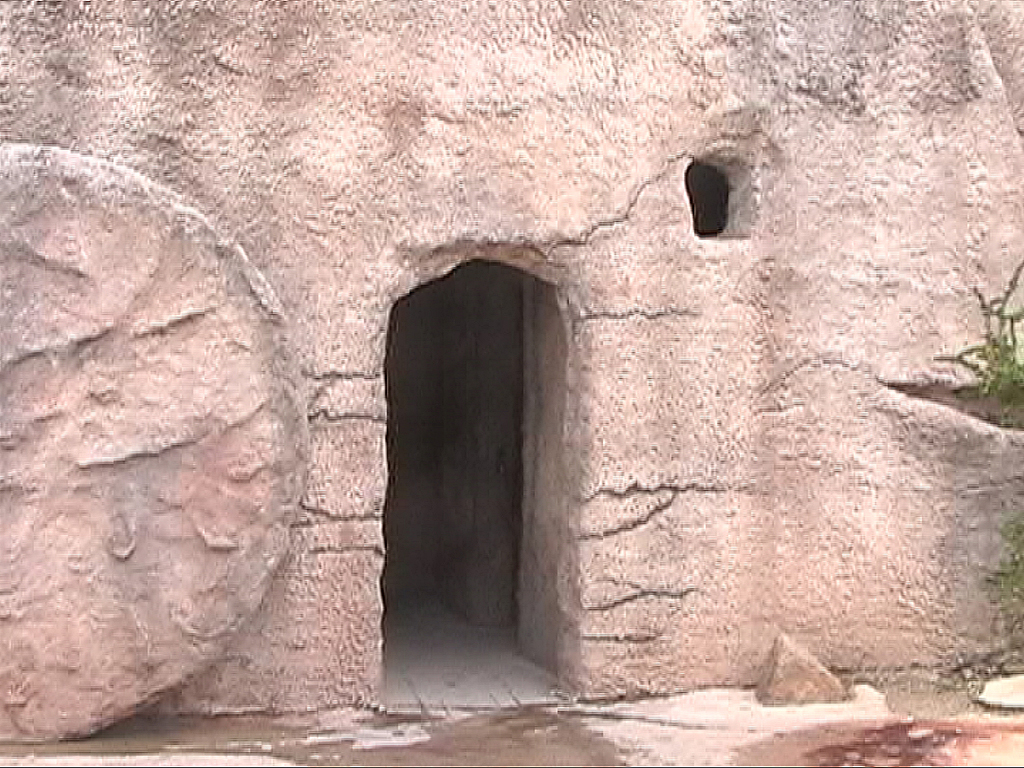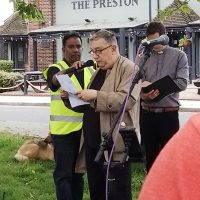Reflection by Revd Sue McCoan
Last week, we reflected on freedom, partly because we were feeling the lack of it. This week I am reflecting on ‘Glory’, and after 2 months without a hairdresser I’m a bit short on that too.
When I think of glory, it goes with splendour and majesty – pictures of Henry VIII, say, in his full robes of state, clad in so much fur, jewellery and brocade you wonder he can stand up. There are paintings of ‘Christ in glory’, based on images from the book of Revelation, showing Christ throned in splendour, surrounded by adoring angels. It’s an image of the honour that is due to Christ; we are invited to worship and adore. When we sing ‘glory to God in the highest’, as we just did, we are giving that honour and praise and worship to God.
There is, though, another meaning of glory found in the Old Testament. The Glory of God is the sign of the presence of God, because it’s not possible to look on God directly. It’s a bit like the solar eclipse, when we could observe it through pinhole cameras or filtered lenses, but could not look directly at the sun itself.
We might think, for instance, of Moses at the burning bush – the flames burn but the bush is not damaged. The light and heat of the fire are the glory of God. Or when God tells Moses to hide in the rock and says, I will go past but you can’t look at me; you can only look afterwards and see where I’ve been. When the Tabernacle was constructed, the glory of God was apparent in the Tabernacle; and when the Temple was built it resided in the Temple, in the Holy of Holies. It is the way God’s presence shows up, is manifest, in the world.
The same idea of glory is carried into the New Testament. At the birth of Jesus, the shepherds saw angels and glory shone around, the Wise Men followed the shining star. God’s presence is showing up in the world in this baby boy. John’s gospel says, ‘we have seen his glory’, and goes on to talk of Jesus showing signs of God, being the light of God in the world. Today’s bible reading is from John’s gospel and it is all about glory.
Let’s hear the first part of the reading now.
Bible reading John 17:1-5
Jesus calls on the God the Father to glorify him so the world can see his glory – but that glory will come not in triumph but at the moment of his brutal death, not in dazzling light but in utter darkness. The presence of God will be made clear through the total obedience of Jesus.
This is a huge leap forward in thinking for those around Jesus, whose idea of glory is still rooted in the Old Testament manifestations. Not long ago, three of them witnessed the Transfiguration – bright lights, Moses and Elijah, voice of God – now that’s what we call glory. The glory that Jesus offers is something completely different – something about as far from glorious as you can imagine. And yet, in that terrible surrender of his life, God’s purpose is accomplished and death is defeated. This is absolutely the presence of God.
It’s hard for the disciples to grasp. But Jesus hasn’t finished yet. Let’s hear the second part of the reading.
Bible reading John 17:6-11
This isn’t just about Jesus; the disciples are part of it too. Jesus has shared with them all he knows, and now he’s going, and they will be staying in the world. They are the ones who are going to have to run with this; they will be the presence of God in the world now. Jesus prays for their special protection as they live out this calling.
And this is where we come in. Whatever Jesus says to his disciples, passes on to us; this is our calling now. That sounds quite scary – we have to be the presence of God in the world. How can we ever live up to that? I joked at the beginning of this reflection about not feeling very glorious. But when we look at glory in the way Jesus did, then we can see that we don’t have to show off; we don’t have to dazzle people with our holiness, or our events or our spectacular worship. We have to be faithful. God’s glory is shown in our obedience. God’s presence shows up most when I am least in the way.
That, in turn, helps us when we reflect on the last couple of months.
When we were first told we had to close our church buildings, it was a real shock. The virus was bad enough but then, at the very time when we most needed to support one another, we couldn’t meet, we couldn’t pray together. It was horrible. It was for our own safety but it felt like a bereavement.
But we’re reminded that Jesus moved people away from thinking of the presence of God being in the Temple, tied to a particular building. And we have survived. We are still God’s people. In fact, we have been able to do things in this online service that we couldn’t do in a physical building, like meeting up with people from across the world.
I’m not suggesting we ditch our buildings – don’t panic. They still serve us and we will want to meet again. But this time of separation from them might help us to think about them differently
Some churches, for instance, have found that their online services have been accessed by people who would never have gone to a service in church. That may be more true for the services that are recorded, where people can view them anonymously, than with an interactive one like this but still – if you know someone who might find this interesting, send them the link. They can always join in without sharing their video and without giving their name.
Some people have found that, now they no longer have to do their elders’ duties or their welcoming or flower arranging or any of the other tasks that are involved in putting on a service of worship, that they actually have more time to spend with God.
And sometimes, I think, although we always say that the church isn’t the building, it’s the people, we can let ourselves be defined by our building. We look round and say, this place could seat 150, why can’t we get that many now? Instead of saying, this is our community, who happen to have use of this building; thank God we have room for social distancing; we are bound together by the Holy Spirit, not by the walls that surround us. That will be particularly important when we do go back and some of our community will not be safe to return; we will still be one fellowship, those in the building and those at home. And just so you know, it is my hope and intention that we can carry on these online services too, maybe at a different time of day, so that we can keep up this wider fellowship.
Lots to think about. It’s interesting that we have been walking this new path in the weeks between Easter and Pentecost, which was an equally strange time for those first disciples of Jesus. They too felt loss, grief, and confusion; they weren’t sure where God was leading them next. Just when they’d got used to seeing the risen Jesus, he left them again; last Thursday was Ascension Day when Jesus was taken up to heaven (or, as someone neatly put it, the day Jesus started working from home). Throughout all this, the disciples kept together, prayed together and walked in faith and trust. I’d like to thank you all for walking this way together now. Let’s keep faithful; and let our faith bring glory to God.








